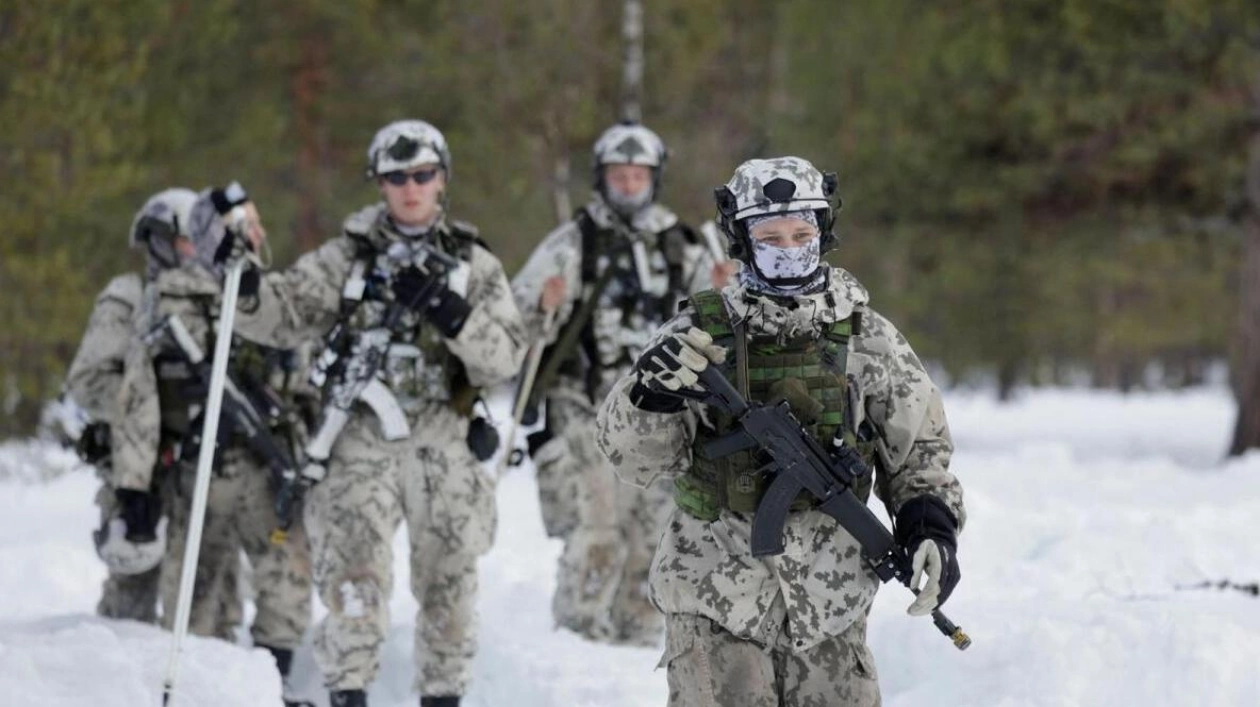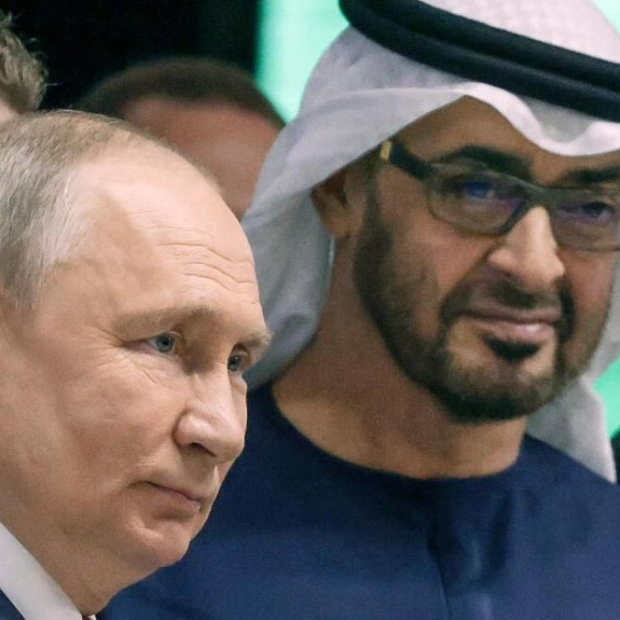Nato will require between 35 and 50 additional brigades to fully implement its new defense strategies against a potential Russian attack, according to a military source who spoke to Reuters on condition of anonymity. The source did not elaborate on the secret plans. A brigade typically includes between 3,000 and 7,000 soldiers, making the creation of 35 to 50 new units a substantial undertaking. In a further indication of the magnitude of Nato's challenges, a security source revealed that Germany would need to quadruple its air defense capabilities. Last year, at a summit in Vilnius, Nato leaders approved the alliance's first major defense plans in over three decades, and officials have since been working to translate these into specific military requirements. This week, Nato leaders are expected to receive an update on these plans during a summit in Washington to commemorate the 75th anniversary of the transatlantic security alliance.
A Nato official, when asked for comment, stated that the alliance's military planners have identified "detailed requirements for troops and weapons needed to defend the alliance." The official highlighted that "air and missile defenses, long-range weapons, logistics, as well as large land maneuver formations are among our top priorities." The official also noted that "Nato will likely set more demanding capability targets for allies, as we develop forces that can implement our plans and meet the threats we face. We are confident that our deterrence is and will remain strong." The German defense ministry declined to comment on Nato's future plans due to their classified nature, but it emphasized that all allies are expected to coordinate with Nato on capability requirements, with these efforts extending into the next year.
The source of the additional personnel for the 35 to 50 brigades remains uncertain. Options include reallocating troops from other parts of the armed forces, recruiting new soldiers, or a combination of both. Air defense is another significant area of concern identified by Nato's military planners, especially in light of the war in Ukraine, which has underscored the importance of these systems for protecting critical military and civilian infrastructure. Germany, as a major logistics hub and staging area in any potential conflict with Russia, would particularly benefit from enhanced air defense capabilities. During the Cold War, Germany had 36 Patriot air defense units and relied on support from Nato allies. Currently, German forces have reduced to nine Patriot units, having donated three to Ukraine since the Russian attack in 2022, and the government has initiated orders for Patriot and other air defense systems to replenish its stocks.
Ground-based air defense systems like Raytheon's Patriot are designed to intercept incoming missiles. Post-Cold War, many Nato allies reduced the number of air defense units, anticipating only a limited missile threat from countries like Iran. However, Russia's attack on Ukraine has dramatically shifted this perception, prompting Nato allies to urgently increase ammunition stocks and address air defense system shortages. The adoption of the first major defense plans since the Cold War, referred to as "regional plans" by Nato, marks a significant change for the Western military alliance, which had not felt the need to develop new large-scale defense plans for decades, believing post-Soviet Russia no longer posed an existential threat.






